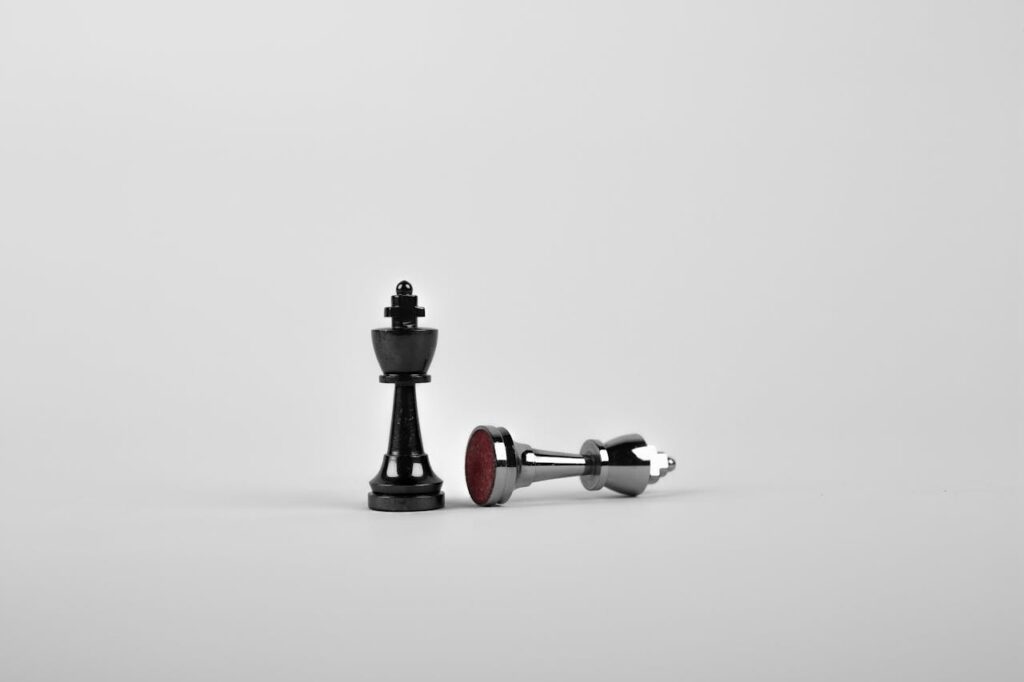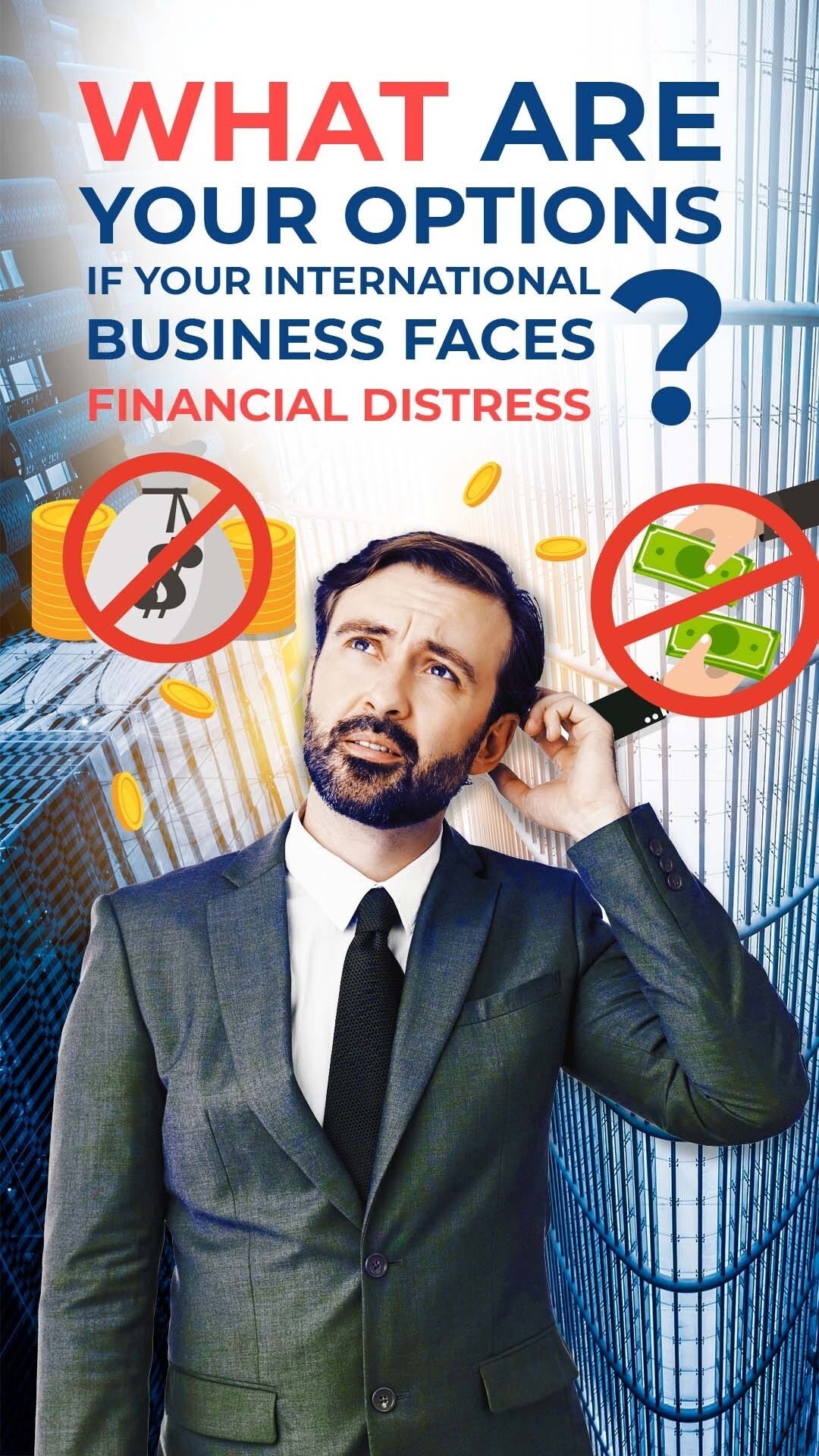

Since 2010, the Global Law Experts annual awards have been celebrating excellence, innovation and performance across the legal communities from around the world.
posted 1 month ago
In today’s dynamic market, the line between permissible inspiration from another product and unlawful copying is often extremely thin. Companies constantly search for new solutions that allow them to stand out from competitors, but equally often face attempts to “free-ride” on the reputation and recognition they have built over the years. One manifestation of such conduct is unlawful imitation – an act recognized by the legislator as a form of unfair competition. The law protects, above all, the external appearance of goods and the interests of consumers who may be misled as to the origin of a product. What exactly is imitation under the Unfair Competition Act? What are its prerequisites, examples, and potential legal consequences for entrepreneurs engaging in such practices?
The boundaries of permissible imitation are regulated by the Polish Act on Combating Unfair Competition (UZNK). According to Article 13 of this Act, imitation occurs where an entrepreneur manufactures goods whose external appearance (shape, color, packaging, markings, design) is identical or very similar to those of another entrepreneur, thereby misleading customers as to their origin. As a result, customers may mistake the product for the original or believe it comes from the same producer.
Imitation of a product as an act of unfair competition
Regulations concerning imitation can be found in the Act of 16 April 1993 on Combating Unfair Competition (u.z.n.k.).
Article 13 u.z.n.k. – Imitation of products
Art. 13(1): An act of unfair competition consists of reproducing the external appearance of a finished product by technical means if such action may mislead customers as to the identity of the producer or the product.
Art. 13(2): The imitation of functional features of a product, in particular its structure, design or form dictated by its technical function, does not constitute an act of unfair competition.
Article 10 u.z.n.k. – Misleading designations of goods or services
Imitation is often connected with the prohibition of using designations that may mislead as to the origin of goods or services.
Article 3 u.z.n.k. – General clause
Any conduct contrary to law or good practice that threatens or infringes the interests of another entrepreneur or customer constitutes an act of unfair competition. This allows classification of imitation cases not expressly covered by Article 13, but still contrary to fair market practice.
What may be imitated?
Under Article 13, unlawful imitation primarily concerns the external appearance of another’s product – visible features that give it a distinctive look. Examples include:
Shape and form – e.g. an unusual bottle shape, distinctive cosmetic packaging, device casing.
Color scheme and visual composition – characteristic arrangement of colors, graphics and text.
Labels and graphic markings (if not registered trademarks, but distinctive) – e.g. a unique wine or beer label design.
Packaging appearance – shape, texture, transparency, decorations.
Overall visual concept – when the appearance as a whole is so similar that the average consumer may believe it comes from the same producer.
Liability for imitation
Unlawful imitation may entail both civil and criminal liability.
Civil liability (Art. 18 u.z.n.k.)
An entrepreneur whose interests are infringed may demand before court:
cessation of unlawful acts,
removal of their effects (e.g. withdrawal of copies from the market),
a corrective statement (e.g. public apology),
damages under general rules,
disgorgement of unjust enrichment,
payment of an appropriate sum for a public purpose (if the act was culpable).
Criminal liability (Art. 24 u.z.n.k.)
Anyone committing unfair competition under Article 13 (imitation) is subject to:
– a fine,
– restriction of liberty, or
– imprisonment of up to one year.
The boundary lies in the intent and manner of copying. Purely mechanical reproduction that risks market confusion is impermissible, while inspiration, improvement, or development of a product is lawful. Examples include:
No slavish copying – differences in size, materials, execution, or packaging (with clear producer labeling) reduce risk of confusion.
Use of public domain solutions – no monopoly over knowledge or trends; imitation of technical/functional features is generally allowed (e.g. spare parts).
Symbolic or traditional inspiration – resemblance from cultural references is permissible (e.g. chocolate Easter bunnies).
Clear producer designation – proper labeling prevents consumer confusion.
Descriptive/generic terms – common product names cannot be monopolized (e.g. “rectified spirit”).
Compliance with fair commercial practice – courts may deny protection if the claimant tolerated imitation for too long or acts abusively.
Imitation and other areas of law
Protection against imitation is also found beyond the Unfair Competition Act:
Arts. 102 et seq. – trademark protection (including distinctive shapes/packaging),
Arts. 102–119 – industrial design protection (appearance of product/parts),
Arts. 63 et seq. – utility models (technical solutions of fixed form),
Arts. 93 et seq. – patents (technical inventions).
Copyright Law
Art. 1 – protection of works of individual character, including design and graphics,
Art. 16 – moral rights protecting integrity of a work,
Art. 17 – economic rights (exclusive use and disposal).
Civil Code
Arts. 23–24 – protection of personal rights (e.g. reputation, business image),
Arts. 415 et seq. – tort liability for unlawful acts.
These provisions impose additional standards of liability and further sanctions for overstepping legal boundaries.
Author


No results available
posted 3 hours ago
posted 12 hours ago
posted 13 hours ago
posted 13 hours ago
posted 13 hours ago
posted 13 hours ago
posted 14 hours ago
posted 15 hours ago
posted 1 day ago
No results available
Find the right Legal Expert for your business
Global Law Experts is dedicated to providing exceptional legal services to clients around the world. With a vast network of highly skilled and experienced lawyers, we are committed to delivering innovative and tailored solutions to meet the diverse needs of our clients in various jurisdictions.

When your international business faces financial distress, quick action is key! 🔑 Negotiating with creditors, restructuring debt, and understanding insolvency laws can help regain stability. Global Law Experts is here to guide you through your options.
🌍Explore the details on our website.
🔗Link in bio
#GlobalLawExperts #CommercialLaw #BusinessLaw #LegalAdvice #BusinessGrowth #LegalTips #BusinessStrategy #LegalCompliance #Law #LegalKnowledge #LegalAwareness #Law101 #LegalEducation #IntellectualProperty

Running a business is hard enough — lawsuits shouldn’t make it harder. 🚫 Protect your business with the right legal strategies and expert tools from Global Law Experts. Let’s secure your future together! 💼
🌍Explore the details on our website.
➡️www.globallawexperts.com
#GlobalLawExperts #CommercialLaw #BusinessLaw #LegalAdvice #BusinessGrowth #LegalTips #BusinessStrategy #LegalCompliance #Law #LegalKnowledge #LegalAwareness #Law101 #LegalEducation #IntellectualProperty #Infringed #Ecommerce #LegalBranding

Using NRIC numbers as passwords or identity proof? That era is done. Strengthen your security with multi-factor authentication and biometrics—because your clients' trust depends on it.
#SingaporeLaw #DataPrivacy #CyberSecurity #PDPA #NRIC #MFA #StrongAuthentication #LegalCompliance #ClientTrust

Swiss law protects secured lenders—with precision. From real estate to IP and bank accounts, every asset counts—just as long as it’s defined, documented, and delivered.
#SwissLaw #SecurityInterest #Collateral #InternationalLending #SwissFinance #LegalCompliance #GlobalBusiness #AssetSecurity

Gold trading in Saudi Arabia isn’t just a business—it’s a lab test, a permit, and a legal tightrope. Want to succeed? Start with compliance, hallmarking, and permits—or risk losing it all.
#GoldTrading #SaudiLaw #PreciousMetals #BusinessSetup #LegalCompliance #GlobalBusiness #SaudiArabia #TradeRigour

Second citizenship isn’t permanent—especially if you break the rules. Know the risks and how to safeguard your status: be transparent, stay lawful, and honour all citizenship requirements.
#SecondCitizenship #CitizenshipRisks #DualNationality #Compliance #GlobalMobility #LegalAdvice #ImmigrationLaw

Send welcome message